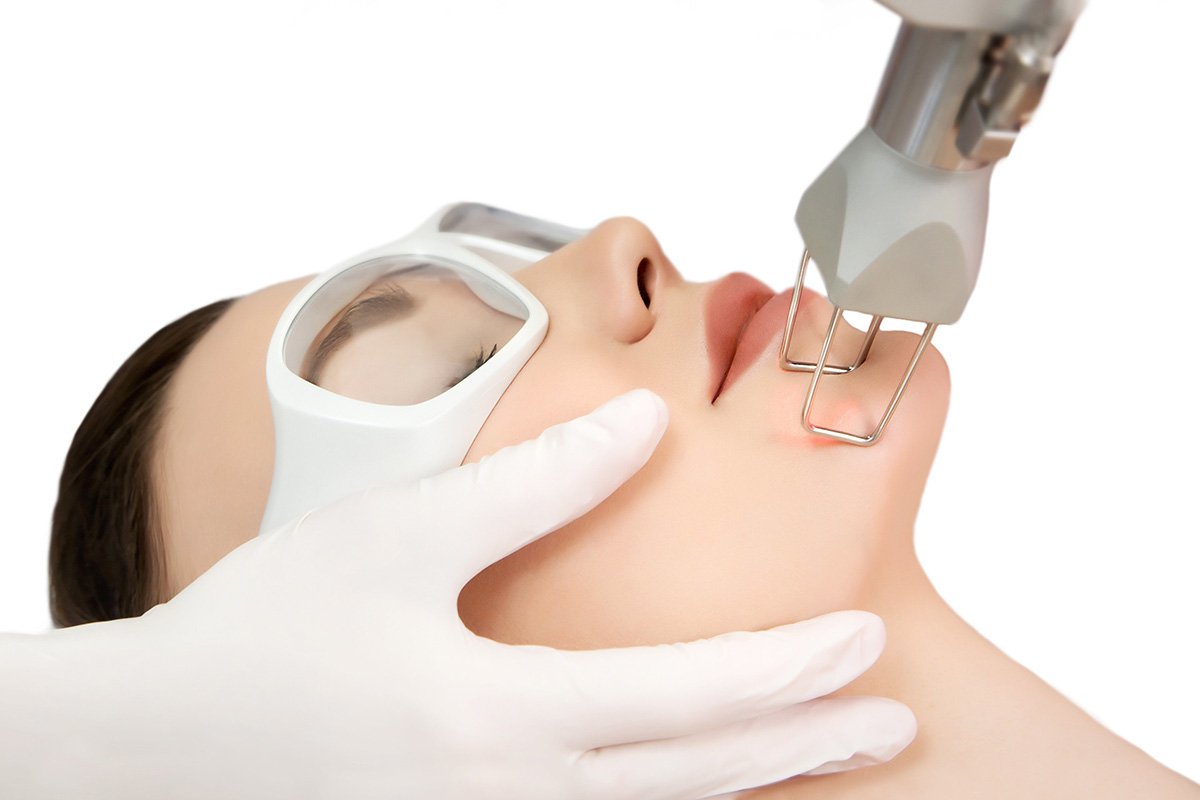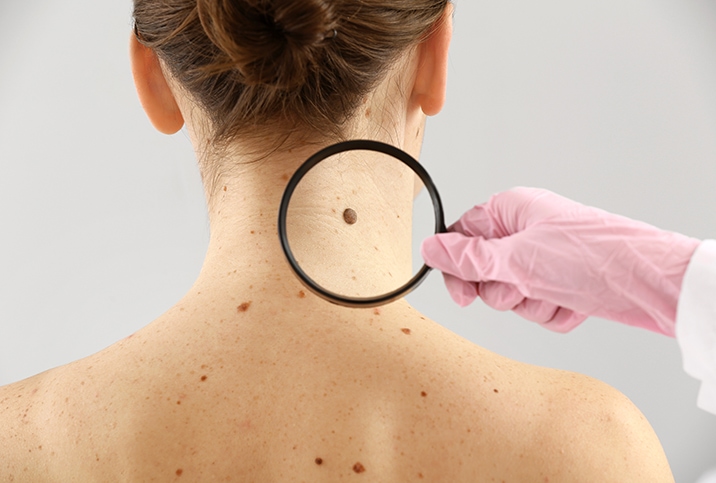
Sebaceous Cyst
Before we dive into the removal procedure, let’s clarify what a sebaceous cyst is. Sebaceous cysts are closed sacs or lumps that develop just beneath the skin. They are typically filled with a thick, yellowish, and foul-smelling substance known as sebum. Sebum is an oily secretion produced by the sebaceous glands, which lubricate the skin and hair.
Understanding the procedure for those dealing with these bothersome lumps beneath the skin regarding sebaceous cyst removal. Sebaceous cysts, while generally benign, can be uncomfortable or aesthetically displeasing. In this comprehensive guide, we will delve into the intricacies of the sebaceous cyst removal procedure, providing you with detailed insights and valuable information.
When is Sebaceous Cyst Removal Necessary?
Pain or Discomfort
One of the primary reasons for considering sebaceous cyst removal is the presence of pain or discomfort. Cysts can grow large enough to press against nearby nerves, causing pain or a feeling of pressure in the affected area.
Infection
Sebaceous cysts can become infected, leading to redness, swelling, tenderness, and the development of pus. In such cases, removal is often recommended to prevent the infection from spreading.
Cosmetic Concerns
Many individuals opt for cyst removal due to cosmetic reasons. Cysts on visible body areas, such as the face or neck, can be unsightly and affect one’s self-esteem.
The Sebaceous Cyst Removal Procedure
Local Anesthesia
To ensure a painless experience, the medical professional will administer local anaesthesia to numb the area around the cyst.
Incision
A small incision is made over the cyst. This incision allows the healthcare provider to access the cyst’s contents and the surrounding tissue.
Cyst Removal
Using surgical instruments, the cyst is carefully removed. This process includes extracting the cyst’s contents, which may vary in texture and colour, depending on its age and composition.
Cauterization
The cyst’s sac is sometimes cauterized to prevent it from refilling or becoming infected again.
Sutures
Once the cyst is removed and the area is cleaned, the incision may be sutured. The type of sutures used will depend on the size and location of the incision.
Aftercare and Recovery
Dressing
A sterile dressing is applied to the incision site to keep it clean and aid in healing.
Pain Management
Over-the-counter pain relievers or medications may be recommended to manage post-operative discomfort.
Avoiding Infection
It’s crucial to keep the incision clean and dry to prevent infection. Follow your healthcare provider’s instructions for wound care.
Follow-Up
A follow-up appointment with your healthcare provider is typically scheduled to monitor the healing process and remove sutures if necessary.
Potential Complications
While sebaceous cyst removal is generally safe, there are potential complications to be aware of, including:
- Infection at the incision site
- Scarring
- Recurrence of the cyst
- Allergic reactions to anesthesia or medications
Conclusion
Sebaceous cyst removal is common to alleviate pain, address infections, or improve one’s appearance. If you have a sebaceous cyst requiring removal, consult a medical professional who can guide you through the process and provide personalized care.
Are you thinking of getting a sebaceous cyst removal in Tirupati? Have any queries about the treatment?
Dr. Prakash Sajja is the best dermatologist in Tirupati and will solve all your queries.
♥ Do call Dr Sajjas clinic on 9440830455 or fill out our appointment form to get in touch!
♥ Follow our social media pages for recent updates. Facebook | Instagram



